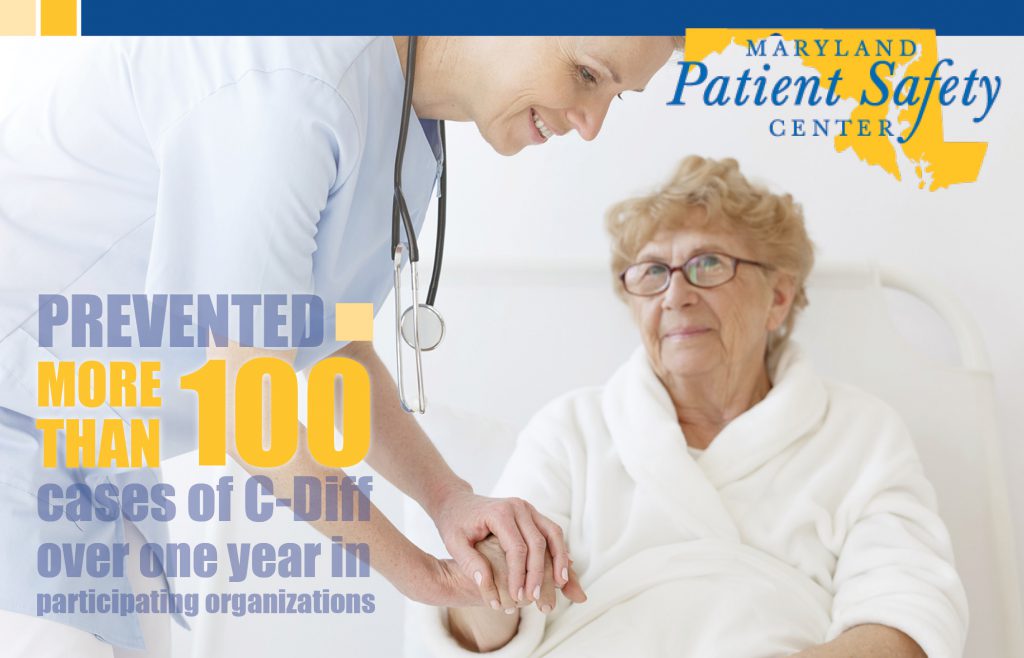For more information, contact:
Clean Collaborative
Hypothesis – Proper cleaning and disinfection of facility-wide, high-touch areas and quantifiable validation of such methods will assist healthcare environmental service managers and infection preventionists in reducing healthcare associated infections (HAIs).

Over the past decade, a growing body of evidence suggests that contamination of environmental surfaces throughout healthcare facilities plays an important role in the transmission of key healthcare associated pathogens, including methicillin-resistant Staphylococcusaureus (MRSA), vancomycin resistant Enterococcus (VRE), Clostridium difficile (c. diff), Acinetobacter, and norovirus. Evidence suggests that environmental contamination contributes to HAIs through a variety of pathways including contamination of hands and transfer of pathogens from patients, visitors and healthcare workers. Per the Centers for Disease Control and Prevention (CDC):
“In view of the evidence that transmission of many healthcare acquired pathogens (HAPs) is related to contamination of near-patient surfaces and equipment, all healthcare facilities are encouraged to develop programs to optimize the thoroughness of high touch surface cleaning” CDC recommends that hospitals use a monitoring system to ensure that healthcare facilities are being cleaned to standards and policies set forth by management.”
The Clean Collaborative is an initiative for Maryland hospitals, long term care facilities, and ambulatory care centers to improve facility cleanliness as a means of reducing HAIs. The Clean Collaborative will:
Identify best management practices (BMPs) for cleaning and disinfecting surface areas and
Educate and promote BMPs via webinars, factsheets, and a scholarly paper
Improve cleanliness of the facility
Improve cleanliness of the facility
Reduce incidence of facility acquired MRSA, VRE and c.diff
During the Clean Collaborative participants will implement and validate BMPs utilizing a Clean Collaborative approved verification technology. Participants will input quantitative data on a monthly basis for one year using a secure online portal. The Clean Collaborative project team will collect, analyze, and graphically depict data to identify trends regarding the cleanliness of high-touch areas and levels of facility acquired MRSA, VRE and c.diff.